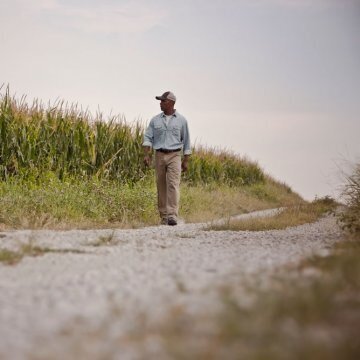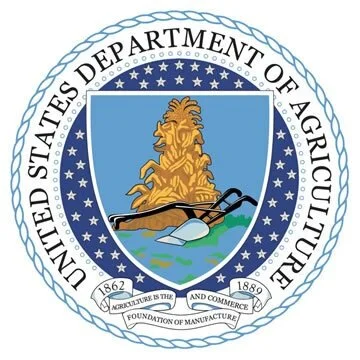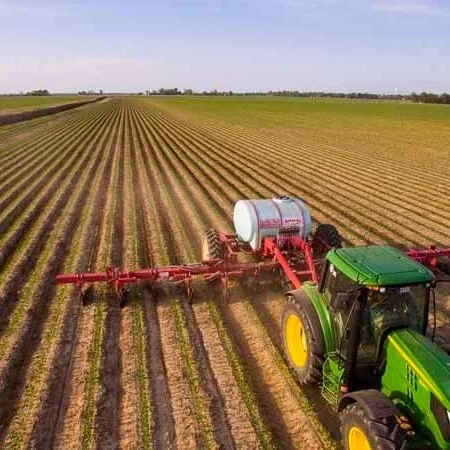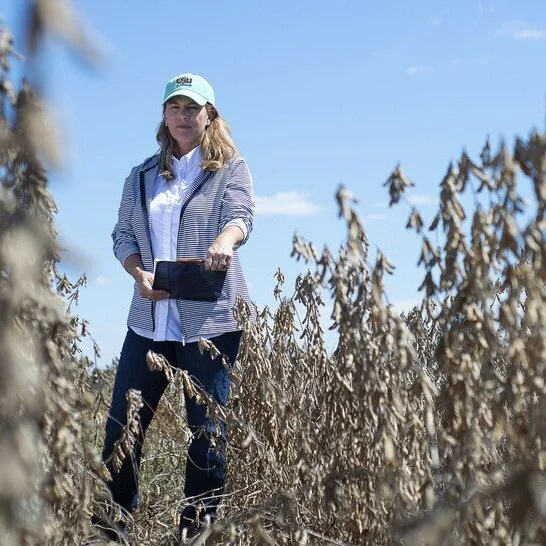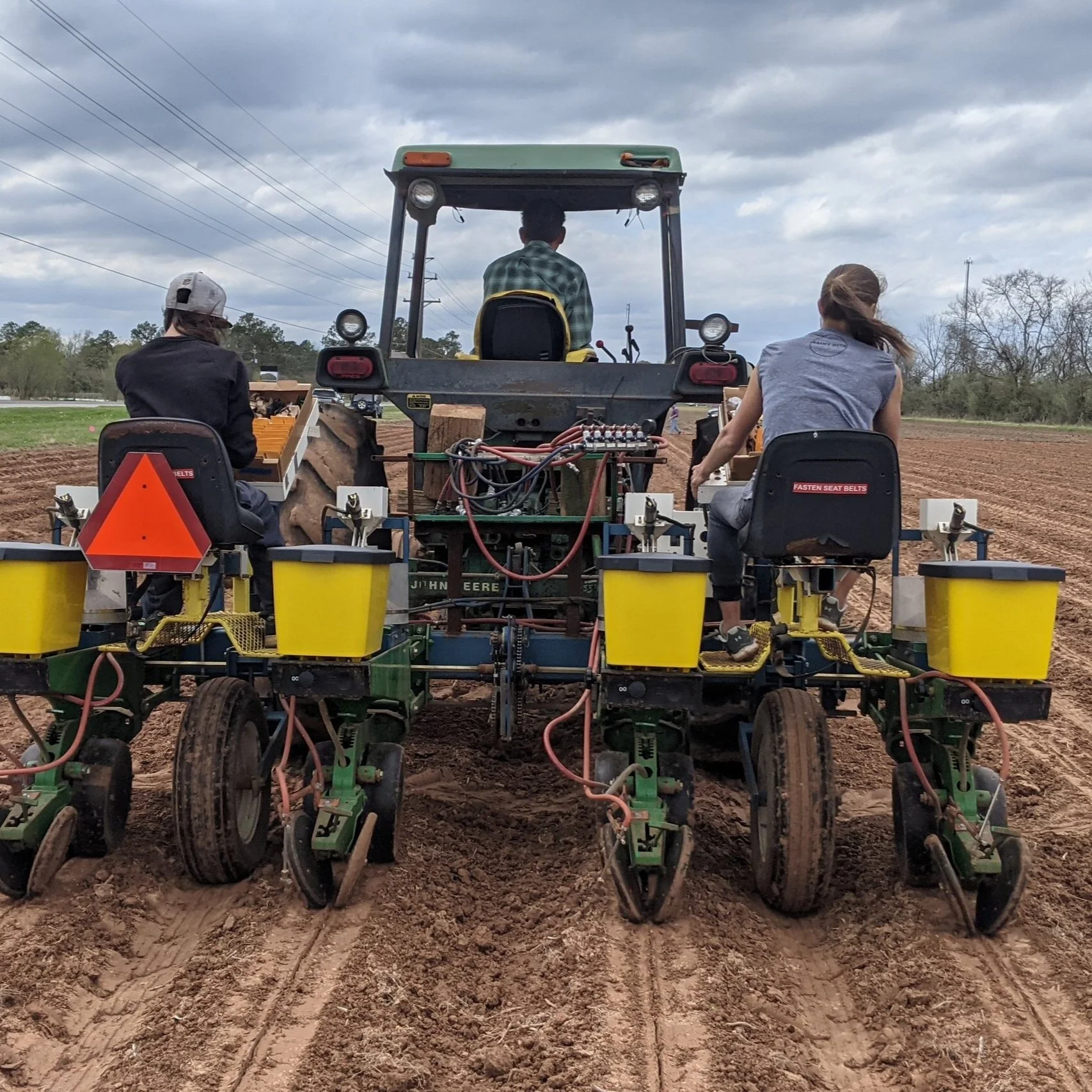Stepping on Stepped-up Basis Has Big Consequences
Any change in capital gains tax policy that eliminates or scales back stepped-up basis could result in a massive tax burden on the agricultural sector according to new analysis by the American Soybean Association and the American Farm Bureau Federation.
To minimize the impact of burdensome capital gains taxes, farmers and ranchers use stepped-up basis, which provides a reset for the asset value basis during intergenerational transfers. The magnitude of the tax burden that would be felt if basis is taken away or reduced would likely significantly exceed the annual income generated by the assets, something that has soy and other American farmers concerned.
Read More
Cotton, Rice Down, Corn, Soybeans Up In Latest NASS Report For Louisiana
Louisiana Prospective Plantings Report, March, 2021
Read More
Louisiana Soybean Farmers Are Optimistic About Crop; Here's Why
Soybean farmers are cautiously optimistic about this year’s crop, thanks to steadily increasing prices and a worldwide increase in demand that is triggering more activity at export facilities.
Read More
USDA Announces 2021 Marketing Assistance Loans Rates For Wheat, Feed Grains, Oilseeds, Rice & Pulse Crops
The U.S. Department of Agriculture’s Commodity Credit Corporation (CCC) today announced the 2021 Marketing Assistance Loan rates.
Marketing Assistance Loans provide interim financing to producers so that commodities can be stored after harvest when market prices are typically low and sold later when market conditions may be more favorable. The 2018 Farm Bill extended the Marketing Assistance Loan program, making production for the 2019 through 2023 crops eligible for loan benefits.
Read More
Rebuilding The Grain Bin Destroyed by Hurricane Then Tornado
To understand the weather challenges of growing crops in the Blacklands of North Carolina, the story of both a hurricane and tornado that did in the grain facility of Green Valley Farms near Columbia in Tyrell County fits the bill perfectly.
Read More
Louisiana Soybeans: Insecticide Seed Treatment Decisions
One of the most important decisions producers must make when planting soybeans in Louisiana is planting date. Soybeans have the utility to be planted in early March to late June. This wide variation in planting dates potentially exposes seedling soybeans to a multitude of insect pests that affect both above and below ground plant structures.
Read More
Pro Farmer Survey Shows Farmers Plan To Plant Record Corn & Bean Acres In '21
As the acreage battle continues to play out, a Pro Farmer member survey shows better commodity prices are attracting more acres this year.
The Pro Farmer/Doane survey revealed farmers plan to plant more acres, with total area planted to crops in the U.S. expected to rise to 319.4 million acres. That would be up nearly 3%, or 8.9 million acres, from 2020. If the survey findings hold true, it also means U.S. acreage will hit the highest level since 2018.
Read More
Collaborative Checkoff Partnership Leads to Sustainable Soybean Oil Commitment from Goodyear
Soy checkoff research funding and partnership with The Goodyear Tire & Rubber Company has led to a multi-decade commitment by the tire manufacturer to source sustainably produced U.S. soybean oil, phasing out petroleum-derived oils from its products by 2040.
Read More
Do Winter Cover Crop Seeding Rates & Soil Type Impact Soybean Production?
Integrating winter cover crops into an agricultural system is not new, but the potential for improved soil health and crop production have renewed producer interest over the past decade. According to a recent U.S. Department of Agriculture survey, cover crop acreage increased by 50% between 2012 and 2017 across the United States and includes expansion of acreage in the Mid-South. This has prompted university research to evaluate cover crops and soil conditions specific to that region. It has been well documented that winter covers can improve various soil properties. However, questions regarding their impact on crop yield still remain
Read More
2021 LSU AgCenter Planting Date Trial
The first planting of a planting date trial was sown at the Dean Lee Research Station on March 22, 2021. This research trial will also be planted at the Rice Research Station and the Macon Ridge Research Station in 2021. LSU AgCenter scientist from all three research stations will collaborate to evaluate the performance of soybean plots after planting from late March to mid-late June. The objective of the trial is to understand the effect of temperature and photoperiod for each region, maturity group, and planting date. In addition to yield data and timing of growth stages, fungicide efficacy and protein and oil content data will be analyzed to better understand how the environment affects soybean growth and development.
Read More
Planting Begins in the South
Farmers in southern states are starting to plant their crops. Texas farmers have about a quarter of their 2021 corn crop planted while farmers in Louisiana have 14% of their corn in—both states showing about average progress. There are also reports that some of the spring wheat crop is being planted in North Dakota.
Read More
New Grain Grading Training Plan Will Increase Farmer Confidence at Harvest Time
All graders working at grain elevators in Louisiana will be tested and certified for the 2021 harvest season following an announcement from the Louisiana Department of Agriculture and Forestry (LDAF).
Those graders will be trained, tested and certified by LDAF to uphold the standards set through the U.S. Grain Standards Act. The goal is to provide consistent and professional grain inspection and weighing services for producers, handlers processors, exporters, importers and end-users.
Read More
New Research Shows Strong Trust in U.S. Farmers
U.S. farmers rank as the most trusted members of the supply chain when it comes to ensuring its safety, taking the top spot in 78 percent of consumer responses, according to new research by the United Soybean Board. The results of the consumer survey sheds a light on the needs and perceptions of people nationwide about their food supply. Farmers’ dependability in regard to nourishing the world has not gone unnoticed.
“As the organization representing soy — the second largest crop grown on U.S. soil, one of the only widely available complete plant proteins and the most widely used edible oil in the country — we knew it was vital to understand the values of the very people who purchase the products our farmers grow,” said Mace Thornton, USB vice president of communications and marketing strategy. “The results not only reinforced the importance of current sustainability strategies our farmer-leaders put in place, but also revealed some key perceptions and desires among consumers that will help guide the way we communicate and engage on the benefits of sustainable U.S.-grown soy.”
Read More
LSU Student Identifies, Names New Fungus Species
An LSU graduate student has identified and named a new species of fungus that causes a devastating soybean disease, and the finding has been published in a scientific journal.
Read More
Soy Checkoff Research Shows Strong Trust In US Farmers
The United Soybean Board released the results of a consumer survey, shedding light on the needs and perceptions of people nationwide about their food supply. Farmers’ dependability in regard to nourishing the world has not gone unnoticed. U.S. farmers rank as the most trusted members of the supply chain when it comes to ensuring its safety, taking the top spot in 78% of consumer responses.
Read More


